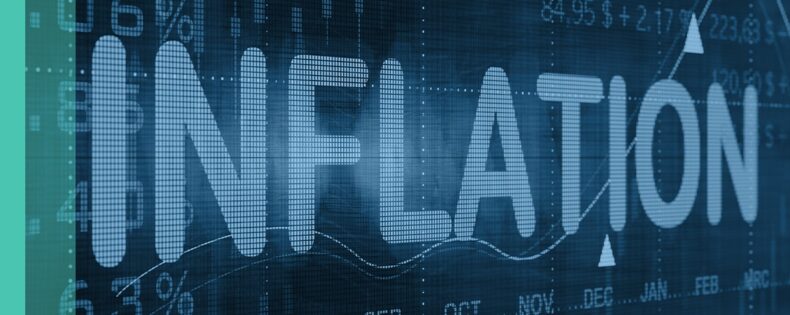13/05/2022, Suman Sengupta, Asiana Times

Highlights
- Retail Inflation is at an 8-year high of 7.79%
- Prices of food, vegetable oil, and crude oil have increased due to the war in Ukraine.
- RBI may take monetary measures targeted to reduce retail-based inflation at 4 %.
- RBI policies may also affect bank loans and individual loans.
The war in Ukraine has shot the prices of essential commodities worldwide to the consumer’s peril. India too hasn’t been able to avert it.
Yesterday, data released by the Indian government showed retail inflation at an 8-year high of 7.79% in April. The last time a similar rise was recorded was in May 2014 when the consumer price index (CPI)-based retail inflation spiked to 8.33%.
April. Food inflation constitutes half of the consumer price index, thus playing a big role in the rise in prices. The rates of price rise in “fuel” and “oils and fats” have also increased by 10.80% and 17.28%.
What caused it?
This is because Ukraine is one of the largest producers of sunflower oils in the world and India imports a big portion of it. India also imports fertilizer from Ukraine. Any rise in its prices may impact food prices. Vegetable prices too have shown an inflation print of 15.41% in April as against 111.64% in March. The price of Crude oil has also risen after Russia invaded Ukraine..
In India, this has led to an increase in the domestic prices of petrol and diesel from March 22. A 4% depreciation of the rupee against the dollar has also made imports expensive.
The RBI governor Shaktikanta Das has said that the rise in global food prices due to the war has been reflected in the domestic market as well. After an off-cycle Monetary Policy Committee meeting last week, he has confirmed that inflationary measures will be taken.
The Reserve Bank of India mainly considers retail inflation before coming out with its bi-monthly policy. Its monetary policy committee targets to limit retail inflation to 4%. It has remained above 6% since January 2022.
What is RBI doing to combat it?
So far RBI has increased the repo rate by 40 basis points (bps) to 4.40%. The Repo rate is the rate at which the RBI lends money to commercial banks.
An increase in the lending rate discourages commercial banks to borrow from the central bank. Banks offer fewer loans and people store money instead of spending it.
This reduces the flow of money in the market and hence controls inflation. However, this may also impact economic growth as countries try to bounce back from the slump produced by the pandemic. However, RBI has stressed that it intends to bring inflation under control before it can focus on economic growth.
This was the first hike in 4 years and also the first-rate increase in 2 years. RBI has taken this decision after a meeting held earlier this month. In April, RBI raised its inflation forecast for the current fiscal year to 5.7%, while cutting its economic growth forecast to 7.2% for 2022-2023.
RBI may raise the forecast again in June since it didn’t do it in May. Experts suggest that RBI may raise the repo rate again in June to combat inflationary pressures. Nevertheless, in spite of these constraints, the IMF has still projected India to be the fastest-growing economy in 2024. It reported that the fiscal year 2022-23 has begun with strong economic activity in April.
The fiscal measures adopted by the government in the 2022-23 budget will raise economic growth to 8% GDP. It has also been said that India’s forex reserve was at a comfortable level of $597.7 billion. This may provide an import cover of 11 months for financing investment and consumption.
(Inputs from the Times of India, PTI)
Read More – The retail Inflation rate of India Rises to 6.95% in March 2022













